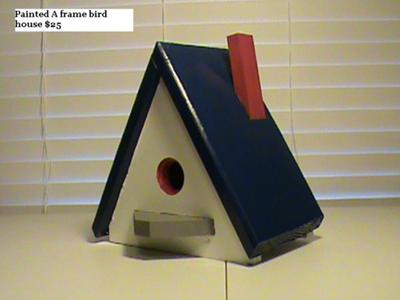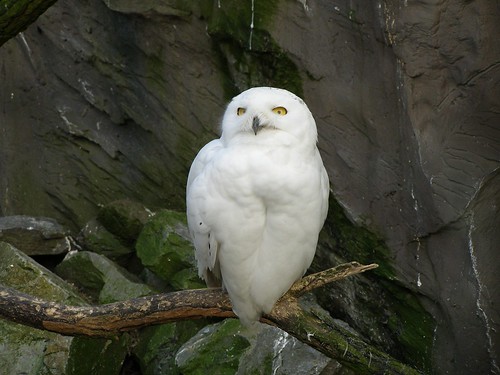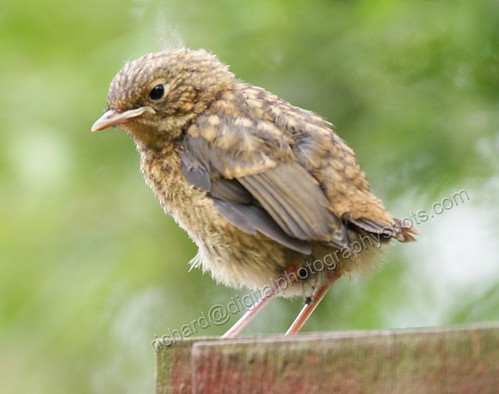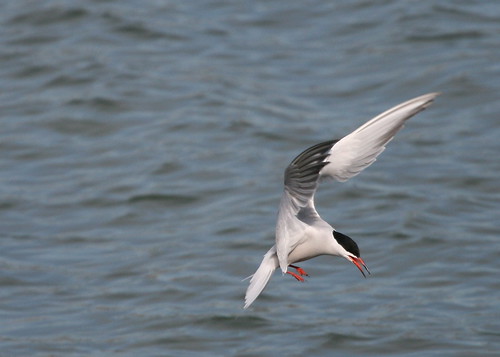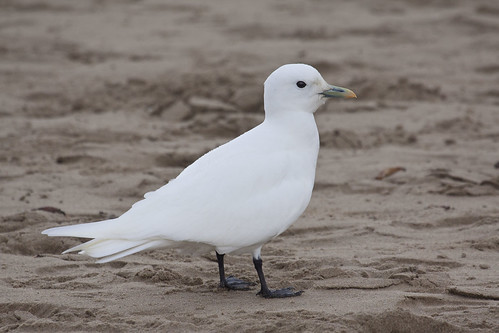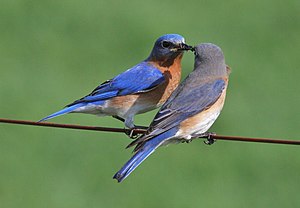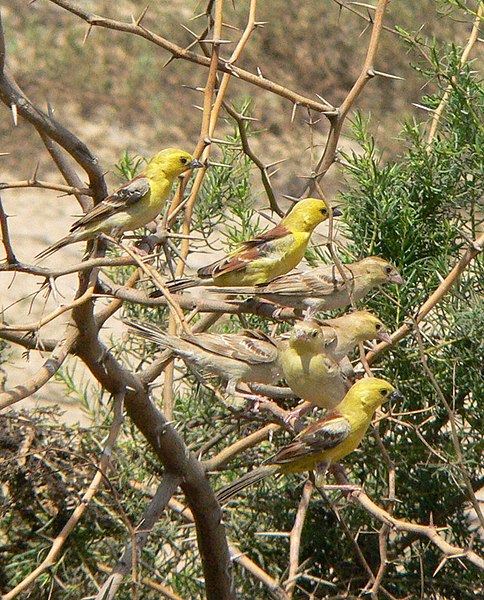 Nature and wild life are my passion and one great pleasure for me is feeding wild birds in my garden.
Nature and wild life are my passion and one great pleasure for me is feeding wild birds in my garden.
The numbers of many wild birds are now dwindling and many are in danger of becoming extinct so every little that we can do to help them survive is good. Feeding wild birds especially through the harsh winter months when natural food is scarce will go a long way to helping them.
Feeding wild birds takes such little effort and need not cost a lot. Besides crumbed up bread there are many other types of food and leftovers from your kitchen that you can feed to garden birds.
Cake crumbs, uncooked porridge oats, cooked potatoes (unsalted), cooked rice (unsalted), grated cheese, chopped bananas and apples cut in half are just some examples.
In the breeding season when the garden birds have young chicks to feed one of their favourite foods is mealworms. Mealworms are very nutritious for wild birds and if you don't like the thought of handling live mealworms you can always buy the dried variety from your bird food supplier.
Feeding wild birds is a win, win situation. The birds get much needed food that helps them to thrive and survive and we receive joy, beauty and the great pleasure of their company in our gardens.
The world would be such a dull place without our beautiful colorful wild garden birds.

